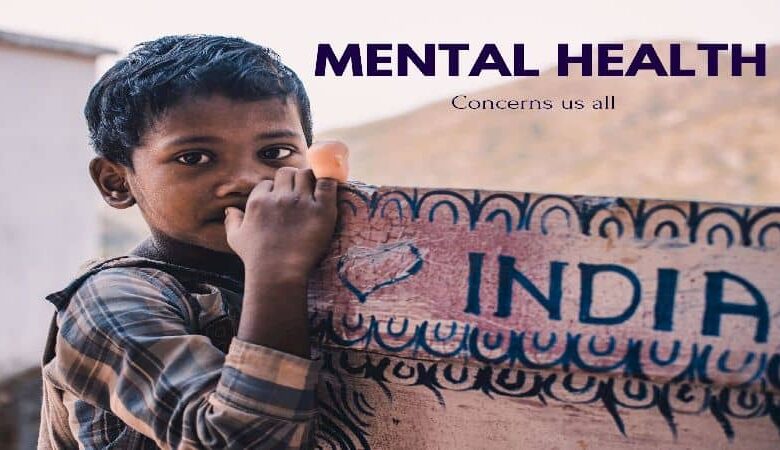
Depression, anxiety, bipolar, and other forms of mental illnesses present themselves increasingly across the globe, subsequently affecting people’s and societies’ well-being. The situation is even more critical in India, where, currently, the country is struggling with rather extensive mental health problems. The problem of mental disorders can hardly be considered a local one; however, India suffers from a deficiency of mental care, and at least 60 to 70 million people suffer from joint and severe mental disorders. Based on the numbers that have been provided, the mental health situation in the earth’s second most populous country is rather bleak.
Key India Mental Health Statistics
- 60-70 million Indians suffer from joint and severe mental disorders
- India is the world’s suicide capital, with over 260,000 cases annually
- Average suicide rate in India is 10.9 per 100,000 people
- Only 0.3 psychiatrists per 100,000 people in India
- 14% of India’s population required active therapeutic interventions in 2016
The Scope of Mental Health Issues in India
The situation with mental health in India is quite severe, and the numbers are simply staggering. As per the current statistics and research, it can be stated that 13.8% of the total population of India demanded active treatments in the year 2016. This translates to millions of people living with different mental illnesses, from anxiety and depressive disorders to psychotic disorders such as schizophrenia and bipolarity.
Sadly, India has joined a very unpleasant club and is now recognized as the global suicide capital, with more than 260,000 suicides recorded every year. The average suicide rate is at 10. Nine people per 100000, therefore, and the disease remains one of the leading causes for concern about people’s mental health and the effectiveness of the available intervention measures.
The Treatment Gap
Another one of the most significant issues which are associated with mental health in India is the fact that there is a vast treatment gap. Mental health disorders remain common as depression alone affects 350 million people, yet only 20% to 30% of them obtain any treatment. This means only one in ten individuals who require mental health treatment in India receive adequate and quality treatment, and not all the people who need support have it.
Shortage of Mental Health Professionals
There are very few mental health professionals in India, which is one of the critical reasons for the treatment shortfall, with just 0. With only 3 psychiatrists for every 100000 people, India severely lacks the bleak minimum of three psychiatrists per hundred thousand of the population. This stark disparity is further compounded by the lack of other mental health specialists: This stark disparity is further compounded by the lack of other mental health specialists:
- While 898 clinical psychologists were reported among the workers, the data show that only 898 hold Clinical Psychology degrees, while the demand for such specialists is 20,250.
- As for the beneficiaries, only 1,500 psychiatric nurses are available to the populace, which requires 30,000 personnel.
- There is a critically severe scarcity of psychiatric social workers.
Economic Impact
The crisis in Mental Health is not just a Health issue but a social and Economic one too in India. According to the World Health Organization projection, India will be a net loser of $1.03 trillion attributable to mental health-related problems from the years 2012 to 2030. Such a statistic reveals the severity of the issue and the great need for further development of mental health services.
The Role of Stigma and Awareness
One of the biggest challenges in the prevention and treatment of mental health disorders in India is the social-psychosocial stigma related to mental disorders. Such stigma can result in earlier time being sought for treatment, social rejection, and seclusion of the infected person. One common problem that many people still face today is isolation, and this is due to the stigma associated with seeking professional assistance.
Efforts to eliminate such stigma and create awareness are understandably significant. Stigmatizing mental disorders must cease while schools and other places teach people how to manage these illnesses on their own. Supporting people with mental health conditions and providing encouragement in their efforts to organize support networks can also contribute to eliminating barriers.
Conclusion
The mental health data trends shown below present a bleak and complicated scenario in India. With millions of people experiencing mental health problems and the lack of mental health workers, the country has a long way to go in combating this tragedy. But, by spreading awareness, fighting stigma, and ensuring proper infrastructure for mental health services and proper education to everyone, India could contribute towards narrowing the treatment gap and, thus, providing better help to all the suffering people. It is high time to shift society’s focus on mental health and for the policymakers and healthcare professionals to develop a positive change in attitude and environment.



